News and Highlights
This is a list of past iUTAH EPSCoR news from 2012 to 2018.
July 24, 2017
USU Professors Advise State Government on Water Policy
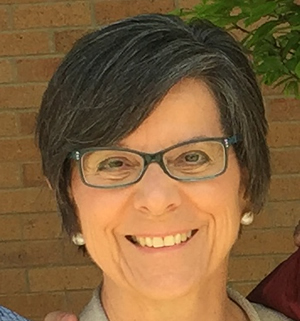
iUTAH researcher, Joanna Endter-Wada, professor of natural resource policy and social science in the Utah State University Quinney College of Natural Resources is one of two professors from USU serving on Utah Water Policy task force. The group of more than 40 people with a wide array of expertise, delivered a strategy for developing Utah water policy to the governor in mid-July.
A media release provided by USU writer Lynnette Harris said, “Utah State University Professors Joanna Endter-Wada and Robert Gillies, who also serves as the state climatologist, were among those tasked with looking at many aspects of water use in Utah and developing strategies to help the state manage the convergence of two important distinctions: being one of the driest states in the nation and also one of the fastest growing. As the report’s executive summary points out, the '…challenge is magnified by climate projections from the state climatologist that show a significant decrease in Utah’s snowpack, which presently provides more annual water storage capacity than all of Utah’s human-made reservoirs combined.’ ”
Press: Utah State Today | The Herald Journal
July 20, 2017
Undergraduate Student Research to Sustain Utah's Water Future
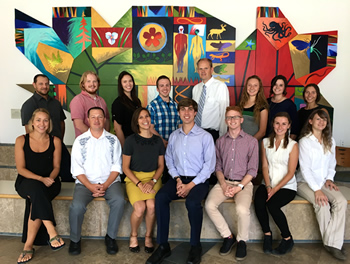
The iFellows program is an 11-week research experience program for undergraduates. For the past five years, a large number of students apply in early spring from universities across Utah for the opportunity to spend the summer doing water research with faculty members from Utah State University, the University of Utah, and Brigham Young University.
This year, 15 undergraduates from across the state were selected, and have spent the last 10 weeks doing water research in connection with the iUTAH project. Their experiences included fieldwork, research, and analysis. Working with faculty and student mentors, these students learned about the challenges and solutions needed to sustain the state’s water supply over the next few decades.
The iFellow students have chronicled their work online in weekly recaps. Below is a list of this year’s iFellow undergraduate researchers along with hometown, current institution, and iUTAH faculty mentor:
- Chase Beyer - Morton, WA, Westminster College, with Ryan Dupont, USU & Joan McLean, USU
- Lindsay Capito - Kamas, UT, Utah State University, with Sarah Null, USU
- Maggie England - Blackfoot, ID, Weber State University, with Michelle Baker, USU
- Christian Ford - Sandy, UT, Salt Lake Community College, with David Rosenberg, USU
- Michael Fowles - Ogden, UT, Weber State University, with Sarah Null, USU
- Emily Jorgensen - Alpine, UT, Brigham Young University, with Mark Brunson, USU
- Andrew Luymes - Pasadena, CA, Brigham Young University, with Greg Carling, BYU
- Rosanise Odell - Salt Lake City, UT, Westminster College, with William Anderegg, UU
- Gabrielle Regenhardt - Honolulu, HI, University of Utah, with Brenda Bowen, UU
- Agatha Roese - Kailua, HI, Utah State University - Eastern-Price, with Zach Aanderud, BYU
- Eric Shipp - San Francisco, CA, Brigham Young University, with Zach Aanderud, BYU
- Jared Stewart - Millcreek, UT, University of Utah, with Peter Howe, USU
- Arin Towns - Virginia Beach, VA, Utah State University, with Janice Brahney & Bethany Neilson, USU
- Conor Tyson - Milpitas, CA, Utah State University, with Ryan Dupont, USU & Joan McLean, USU
- Desiree Wickwar - Fort Collins, CO, Westminster College, with Michelle Baker, USU
“We have a great group of engaged and eager iFellows this summer,” says Ellen Eiriksson, iUTAH Education, Outreach and Diversity Coordinator. “ In addition to building and expanding skills in research and data analysis throughout their time in the program, our hope is that iFellows become stronger science communicators.”
In addition to posting weekly updates on their research experience, each student develops multiple research products to present. Students will present their findings individually during a conference on the University of Utah campus, on Wed. July 26.
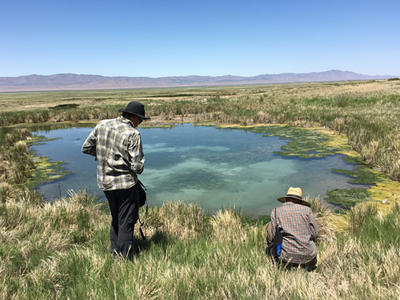
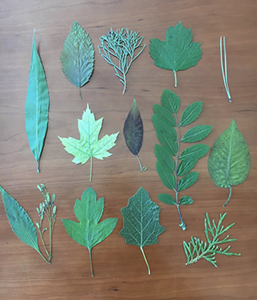
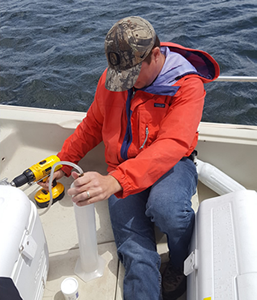
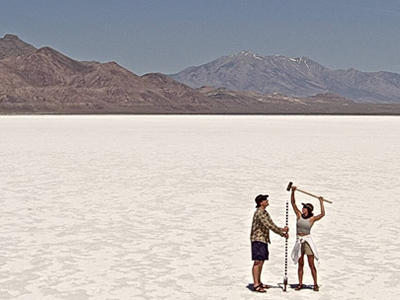
July 17, 2017
USU Symposium Concludes 5-year, NSF-funded Water Science Effort
While attending the final iUTAH Symposium held July 13 and 14, Kevin Opsahl, Herald Journal reporter, highlighted these insights about the project’s origins and impact on the local community in northern Utah. He starts by saying “USU professor Jeff Horsburgh remembers being on a committee years ago with his colleagues from USU and other Utah schools trying to come up with a proposal to get money from the National Science Foundation.
'It was really kind of interesting. We were trying to feel out people from the other institutions because there can only be one proposal like this from the state when we became eligible for this pot of funding from NSF,' said Horsburgh, assistant professor of civil and environmental engineering, before the iUTAH Symposium, July 13 and 14, at Utah State University. 'We emerged with a great proposal.'”
The article also talked with Project Director Michelle Baker who said “ ‘Water is one of our most limited resources for our economic development and wellbeing of Utah’s population,’ she said. ‘Our goal is to really enable people who are interested in science for Utah’s water future. We have programs to stimulate research discovery and training students.’ Baker believes iUTAH’s biggest accomplishment was ‘lowering barriers for collaboration across the state…. iUTAH doesn’t think of itself as a USU project,’ she said. ‘The people from USU who participated in it always tell me the thing they think is the best thing is getting to know their colleagues in Salt Lake City, Cedar City and things like that.’
Lance Houser, an engineer who works for Logan, remembers five years ago when engineers were trying to evaluate the city’s water quality without using extra staff. Houser heard about iUTAH and it turns out USU researchers were curious about many of the same things Logan officials were regarding the city’s water. So Logan provided USU areas in the city were researchers could do sampling and monitoring for water flow and quality.
Houser is pleased iUTAH has yielded results he can actually use. ‘It’s nice to have a program that’s focused on Utah instead of just back east,’ Houser said. ‘A lot of the decisions that have been made in the past have been made on studies and research done in … a lot of areas back East, decisions on management procedures. So, dealing with EPA, we now have another data source that says, ‘Maybe this is not the best approach in this part of the country.’ ”

July 10, 2017
USU Symposium Highlights Water Research/Issues in Utah
The iUTAH 2017 Symposium, July 13-14, will bring together more than 120 researchers and educators from universities, governmental agencies, industry partners and non-profit organizations to discuss actions and outcomes of water science across the state to the Utah State University Logan campus.
iUTAH, which stands for innovative urban transitions and aridregion hydro-sustainability, crosses the boundaries of natural sciences, social science and both civil and environmental engineering. The symposium includes 40 talks over seven concurrent sessions on subjects as diverse as water planning, bioretention systems and collaboration in communicating water science. In addition to these presentations, students from this summer’s iFellow undergraduate research experience will present posters of their work.
The symposium is part of a larger celebration of five years of research, training, education and outreach that has taken place during the iUTAH project.
Press: Utah State Today
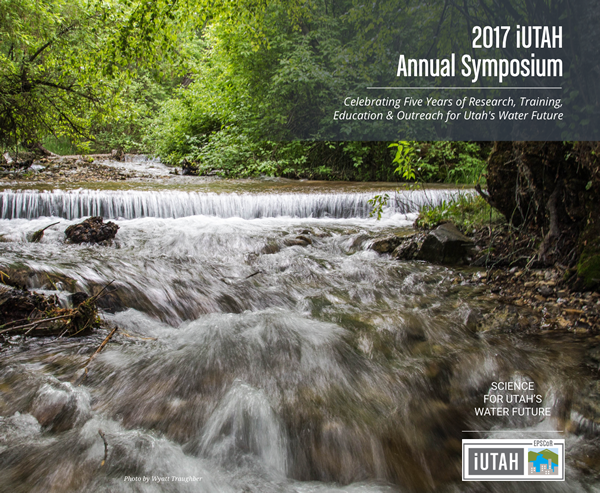
June 28, 2017
Fighting Wildfires with Wildflowers
Southern Utah University and iUTAH researcher Jackie Grant has been in the news for her award of $68K from the Bureau of Land Management’s Colorado Plateau Native Plant Program to collect seeds from native plants for research. These seeds will also be used to restore plant life after wildfires destroy forests and seeds in the underlying soil.
A media release provided by Southern Utah University’s writer Lexi Carter quoted Grant as saying that “ ‘Native plants are important in Utah because this state is part of a fire-adapted ecosystem, which means that fires happen on a regular basis here,’ said Grant. ‘We need plants to return to the land as soon as possible after a fire to prevent heavy rains from eroding the soil and filling streams with sediment that kills fish. Although we often overlook them, native plants provide the groundwork for what makes this state special.’
The research conducted this summer builds on previous work Grant has done with iUTAH, the state’s National Science Foundation EPSCoR grant. Benefits extend to more than SUU students because water, outdoor recreation, hunting, fishing, and access to the state’s incredible scenery are important to most residents of Utah.
Grant’s collaborations with iUTAH, a statewide research infrastructure improvement grant aimed at water research, education, and outreach, have been recognized with both a Research Catalyst Grant and an Education and Outreach Catalyst grant. A third award for time-release gave Dr. Grant the time to write the proposal for seed collection. "Dr. Grant exemplifies what it means to be an 'engaged scholar,’ said Andy Leidolf, assistant director of iUTAH. “She embodies the objectives of iUTAH's research catalyst grant program and one of our project's core missions: to build capacity at primarily undergraduate institutions.”
‘We are now able to weave science, education and our research through multiple levels of the community while providing experiential learning opportunities to SUU students and recent graduates,’ said Grant. ‘The BLM grant is a fantastic opportunity for the university as it allows us to work with a federal program to provide economic and educational opportunities for the local community of Cedar City.’ ”
Press: SUU University News | The Spectrum
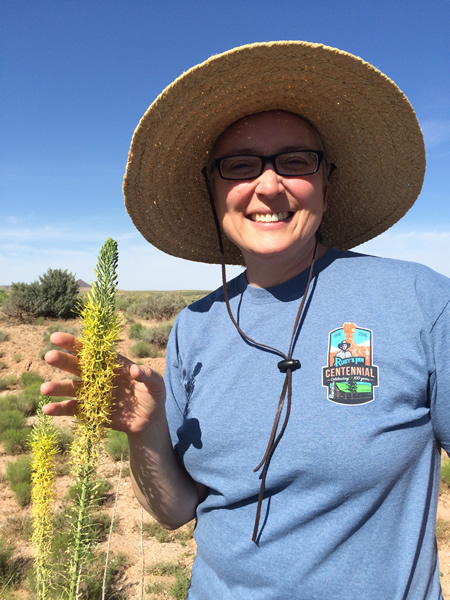
her seed collection and education program. Credit Jackie Grant
June 9, 2017
Digging into the Knowledge Gap of Dust
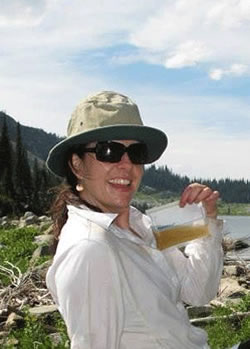
Utah State University and iUTAH researcher Janice Brahney has been in the news for her contributions to research on impact of dust on freshwater ecosystems.
A media release provided by the Utah State University writer Traci Hillyard said, “Dust may be as old as dirt, but in that dust is valuable information. Atmospheric dust is important because it consists mostly of tiny particles of soil, which contain nutrients, metals, clays and carbonates making dust a significant vector of biologically important compounds. According to current research, dust has a significant impact on the biological productivity in oceans, forests and freshwater lakes, which has the potential to increase carbon storage across these varied landscapes. Dust is what Janice Brahney, assistant professor of watershed science in the Utah State University Quinney College of Natural Resources really digs. Brahney’s research focuses on the impact of that dust on freshwater ecosystems.
‘The atmospheric transport of material is at present a large unmeasured component of critical biogeochemical cycles, like that of phosphorus,’ says Brahney. ‘These nutrients deposited with dust have significant effects on lake ecosystem function including productivity, species composition and carbon cycling.’ The shores of the Great Salt Lake, along with other playas and desert environments, are the leading contributors of dust in Utah.
‘Atmospheric dust arises from these low-elevation basins and is then deposited in mountain environments that act as natural barriers to transport,’ continues Brahney, who is interested in finding out how dust deposition impacts the nutrient availability and biology of affected lakes and rivers.”
The full study is available here.
Press: Utah State Today


